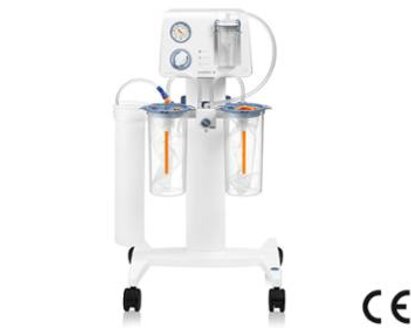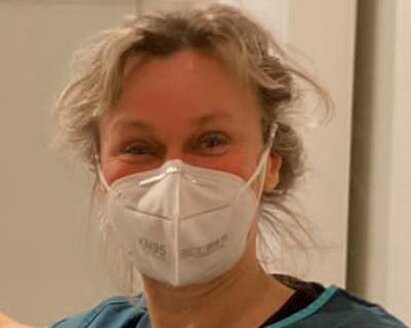
Surgical and airway suction
Looking for medical suction pumps? The Basic, Dominant Flex, Vario 18 c/i, Vario 8, Vario 8 c/i by Medela are the right choice for healthcare professionals.

Fluid collection systems
Fluid management systems offer safety through overflow protection and filters. Disposable and reusable systems are silent, hygienic, safe and easy to use.


Surgical and airway suction
Looking for medical suction pumps? The Basic, Dominant Flex, Vario 18 c/i, Vario 8, Vario 8 c/i by Medela are the right choice for healthcare professionals.

Fluid collection systems
Fluid management systems offer safety through overflow protection and filters. Disposable and reusable systems are silent, hygienic, safe and easy to use.

Thopaz+ digital chest drainage and monitoring system* for use after thoracic surgery and interventions
Find out how Thopaz+ accelerates chest drain removal, shortens ICU length of stay, and reduces overall costs.

Dominant Flex and Basic surgical suction pumps
Designed for use in hospitals, clinics and doctor's practices, the Dominant Flex and Basic pumps are the optimal medical suction pumps for all suctioning needs.


















